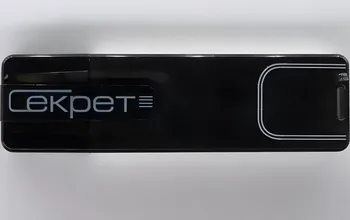The aircraft is undergoing testing for the launch of a new airline. It will be able to transport dozens of people at speeds up to 2200 km/h.
In the United States, the supersonic aircraft Boom Supersonic XB-1 has been tested again. It set a new record for this model, which is being tested before commercial supersonic flights are launched. The fifth test of the prototype took place on October 7 at the Mojave Air and Space Center.
The aircraft was lifted into the air to its maximum test altitude of 5425 meters. The aircraft also managed to achieve a record speed of 791 km/h for 50 minutes using GE J85-15 engines. The prototype has never been able to achieve such speeds before. The tests of the aircraft, the first of which took place in March 2024, help to identify potential problems that may arise during long-term use.
The creators of the prototype note that XB-1 is a test platform for the future Boom Overture supersonic commercial aircraft. It is planned to be able to move at speeds of approximately 2200 km/h. The new aircraft will transport 64 to 80 passengers. This aircraft was developed to reduce noise and minimize sonic booms.
In the company, they noted that Overture will receive a turbofan engine called Symphony. It will operate on a fully sustainable fuel, which is created from environmentally friendly materials. The engine is designed for low speeds. This will help avoid sonic booms during flights over cities and landing on regular runways. Production of Overture will begin in 2025. The new aircraft will be tested in two years, and commercial operation is planned for 2029.
There have been supersonic passenger flights before. They used the Soviet Tu-144, a British-French "Concord" aircraft. The first airline flight took place in 1978, the second after 25 years. The shortcomings of such aircraft were high noise levels and high costs for development and operation.
Previously, in the United States, a "permanent" unmanned aircraft has successfully completed testing. The new aircraft can take off and stay in the air using solar energy. Its flight can last for months.












